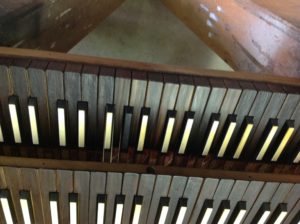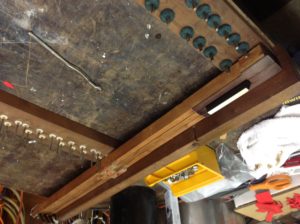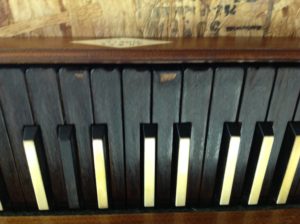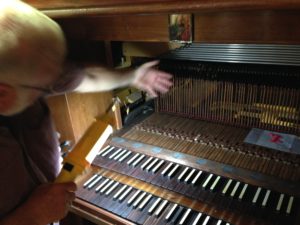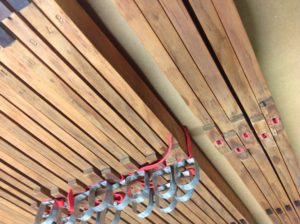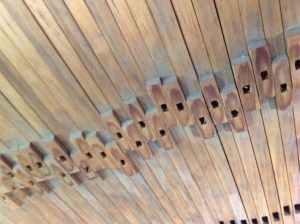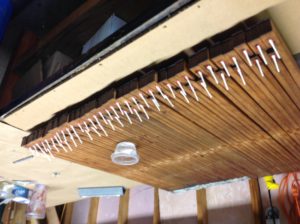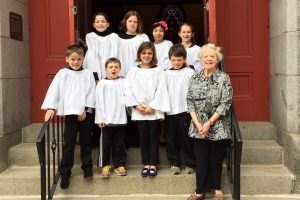 On May 22, our choirs completed their ministries of music, and will resume their rehearsals and offerings on Sunday mornings in September. Please make a point of thanking our children and Nancy Armstrong, Director of the Children’s Choir, as well as our choir members and their Choirmaster, Douglas Witte. We are blessed by the gifts they bring, and all the ways they contribute to our praise of God.
On May 22, our choirs completed their ministries of music, and will resume their rehearsals and offerings on Sunday mornings in September. Please make a point of thanking our children and Nancy Armstrong, Director of the Children’s Choir, as well as our choir members and their Choirmaster, Douglas Witte. We are blessed by the gifts they bring, and all the ways they contribute to our praise of God.
Category Archives: Music
175th Anniversary Celebratory Concert
Organ Rededication This Sunday, November 9
A note from the Rector: This Sunday at the 10 am service we will celebrate the completion of a significant restoration project on our organ. I have asked Douglas Witte, our Organist and Choirmaster, to explain why we undertook this work, and what the results will mean for us. Next week, we will include a photo essay with some before and after pictures of the inner workings of the organ.
In August our organ was silent while undergoing a much needed renovation.
Here is what was done:
In mechanical action organs like ours, the keys are connected to metal and wooden rods called trackers, which convey the movement of the organist’s fingers to the valves at the toes of the pipes, opening the pipes to the flow of air, producing sound. Although this technology has not fundamentally changed since the middle ages, the interior mechanism is extremely complex, involving hundreds, even thousands, of connections where wood and metal parts bump against each other. All of these connections need to be muffled by felt and leather bushings which wear out over time. When the bushings wear out the organ’s action produces a great deal of rattle and clatter, starting at the keybed and continuing into the insides of the instrument, and besides producing an annoying amount of noise it becomes increasingly difficult for the organist to control the touch and articulation, the two crucial means of expressive playing.
The work done here involved completely dismantling and removing both manuals and pedals and associated structures inside the organ and digging out all the old bits of worn out felt and removing ancient glue. Then each new piece needed to be crafted to fit the relevant space and glued in. Then the manuals and pedal had to be reinstalled and regulated for consistency of touch and noiseless action.
The last time this was done was well before the organ was restored and enlarged at its former home in 1979. Although it could have been done again at the time of our own installation in 1995, the issue was far from urgent then and it would have added a significant expense to our project. However, since then the organ has been in constant use, and the action noise and challenges to playing had become an urgent problem. Although the job was not cheap, our organ curator worked with us to keep the cost down, and we can rest assured it will be decades before we need to revisit this.
We are extremely blessed to have an organ of the quality we enjoy, and on the heels of this summer’s work we have no major maintenance issues on the horizon.
Douglas Witte, Organist and Choirmaster
Photos of the Recent Organ Work


